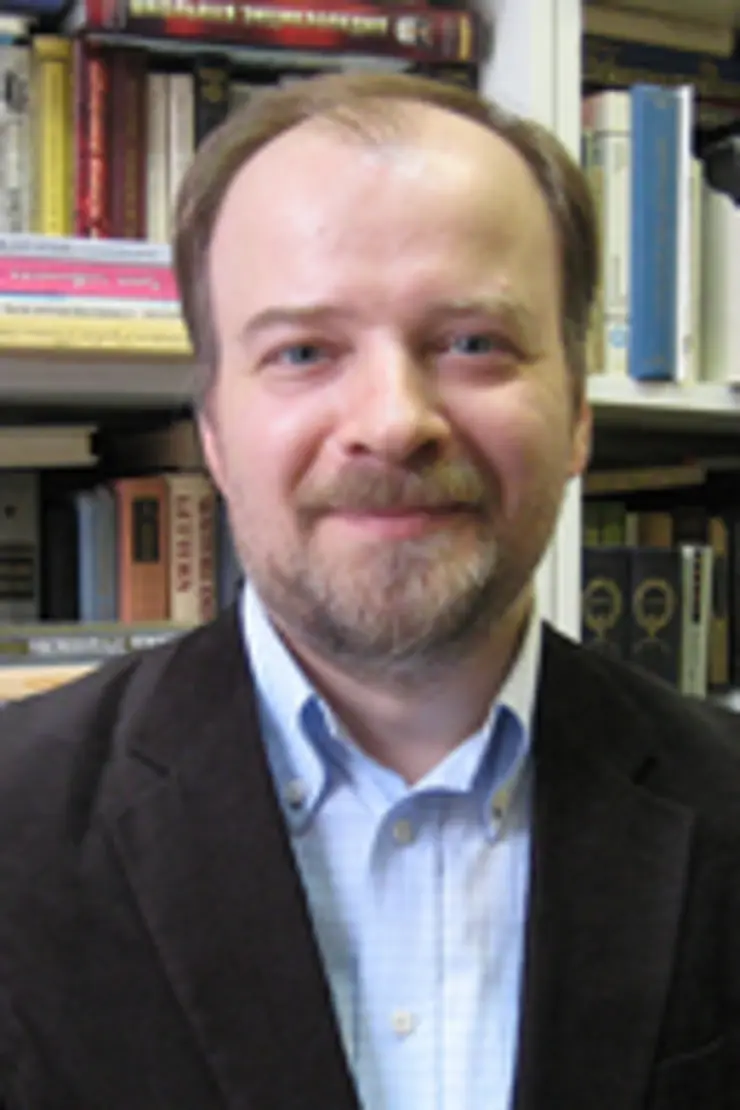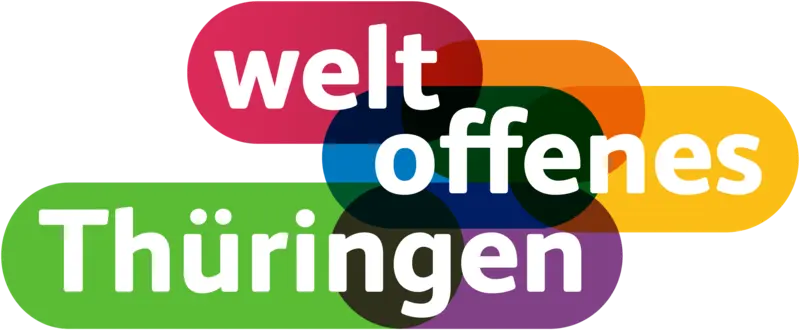Prof. Dr. Mikhail Khorkov

Fellow am Max-Weber-Kolleg
von September 2016 bis August 2017
Zur Person / Publikationen
Forschungsprojekt
Reception of the Works of Nicholas of Cusa in the Manuscripts from the Erfurt Charterhouse at the End of the 15th Century
My project attempts to clarify the extraordinary reception of the Works of Nicholas of Cusa (1401-1464) in the manuscripts from the Erfurt Charterhouse at the end of the 15th century. The main object of study in my project is collected manuscript Weimar, Herzogin Anna Amalia Bibliothek, Q 51 (previously: Erfurt, Kartause Salvatorberg, D 51). It originated in the Erfurt Charterhouse at the end of 15th century, perhaps under the influence of mystical theology of the famous Erfurt Carthusian John of Hagen (Johannes de Indagine), and once belonged to this Carthusian community. It is a huge collection of spiritual, devotional and mystical texts, anonymous as well as written by or attributed to the most important representatives of medieval spirituality like Augustine of Hippo, Honorius Augustodunensis, Francis of Meyronnes, Robert Grosseteste, John of Kastl, Hugh of Saint Victor, Nicolas of Dinkelsbühl, John Ruusbroec, John Tauler. But the main and most important difference from many other late medieval manuscript collections with such kind of texts is that it contains excerpts from the selected works of Nicolas of Cusa. The presence of the Cusanus' excerpts in this Carthusian rapiarium-collection of devotional and spiritual texts is quite unusual, but seems to have been a conscious choice of an anonymous compiler.
However, if the presence of excerpts from the subtle metaphysical Cusanus' books De coniecturis, De filiatione dei, De dato patris luminum, Idiota de mente, De visione dei included in the Weimar collected manuscript with a very strong thematic unity (in which almost every single text deals with meditation and contemplation, exhortates readers to the pious devotional practices, or teaches how to improve them) may well seem like a normal range, the presence of the Corollaries regarding motion (Correlaria de motu) from De docta ignorantia (book II, chapters 11-12, nn. 156-174; they are included in the collection almost entirely, in the Ms ff. 87r-89v) should surprise, at least, at first glance. What could have “a proto-Copernican” text devoted to heliocentric system astronomy and many worlds theory (as it is usually interpreted) to do with the spiritual purposes of the practice of lectura divina and the Carthusian meditation?
I would like to demonstrate in my project that the Cusanus' Corollaries regarding motion had to be read in the Weimar manuscript from the perspective of the practice of lectura divina as a thought experiment focused on meditation, which is based on reflection of the images and mental pictures of the universe. As a result it leads from lectio “materiae spiritualissimae” (as it is called in the manuscript catalogue) through meditation (meditatio) on mental images to contemplation of the divine reality.
Revising outdated stereotypical interpretations of philosophical influence of Nicholas of Cusa on the modern philosophy, my project will attempt to demonstrate that Cusanus' philosophy could have a broader impact on the methodology and practice of philosophical meditation of the 16th and 17th centuries through the practice of Carthusian meditation. It could be assumed that this process was developed, at least indirectly, throughout the Early Modern era thanks to the popularity and influence of the Carthusians, perhaps up to Descartes. But at the same time, as the manuscripts from Erfurt show us, sometimes a direct impact could also occur. It is evident that this was the case not so much by simply reading texts by Nicholas of Cusa, which the Carthusians practiced in their house in Erfurt at the end of the 15th century, but rather because of the inclusion of these texts in the practice of the Carthusian intellectual meditation. This project is therefore innovative for both research areas (Carthusian studies and Cusanus studies), to wich it attaches a new perspective due to the fact that it unites them in one of the key points of their most important problem fields.

